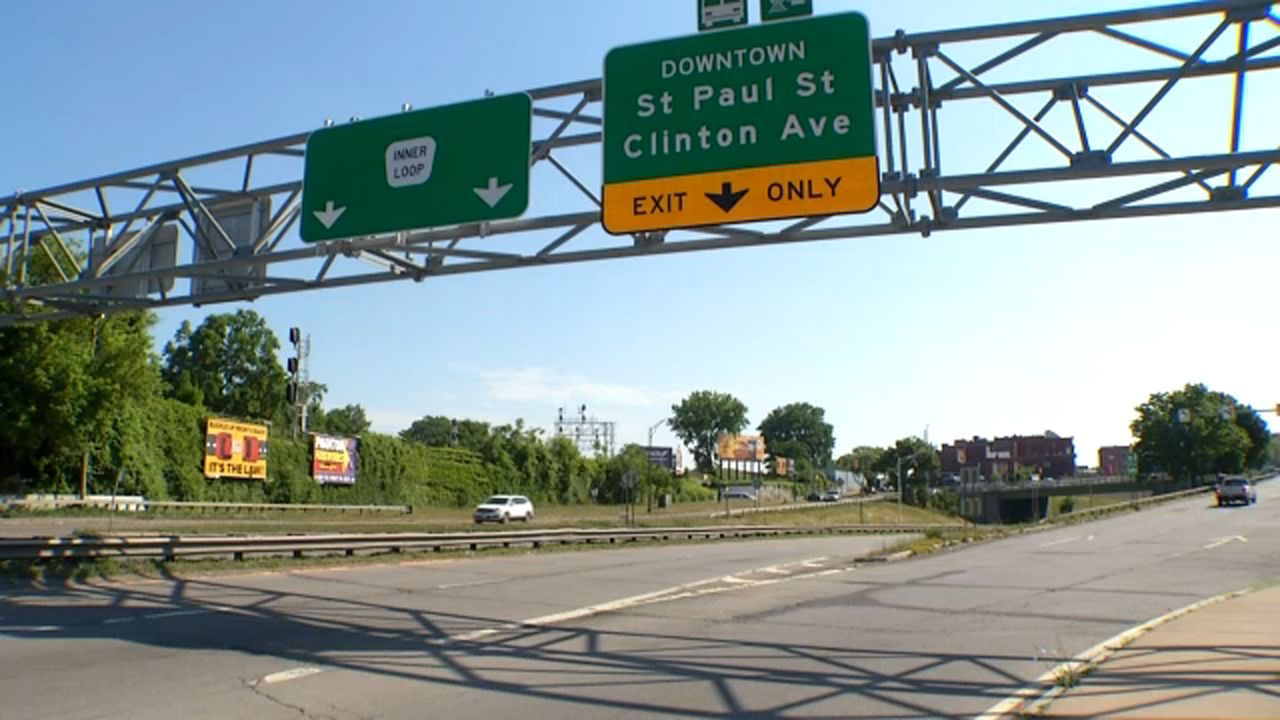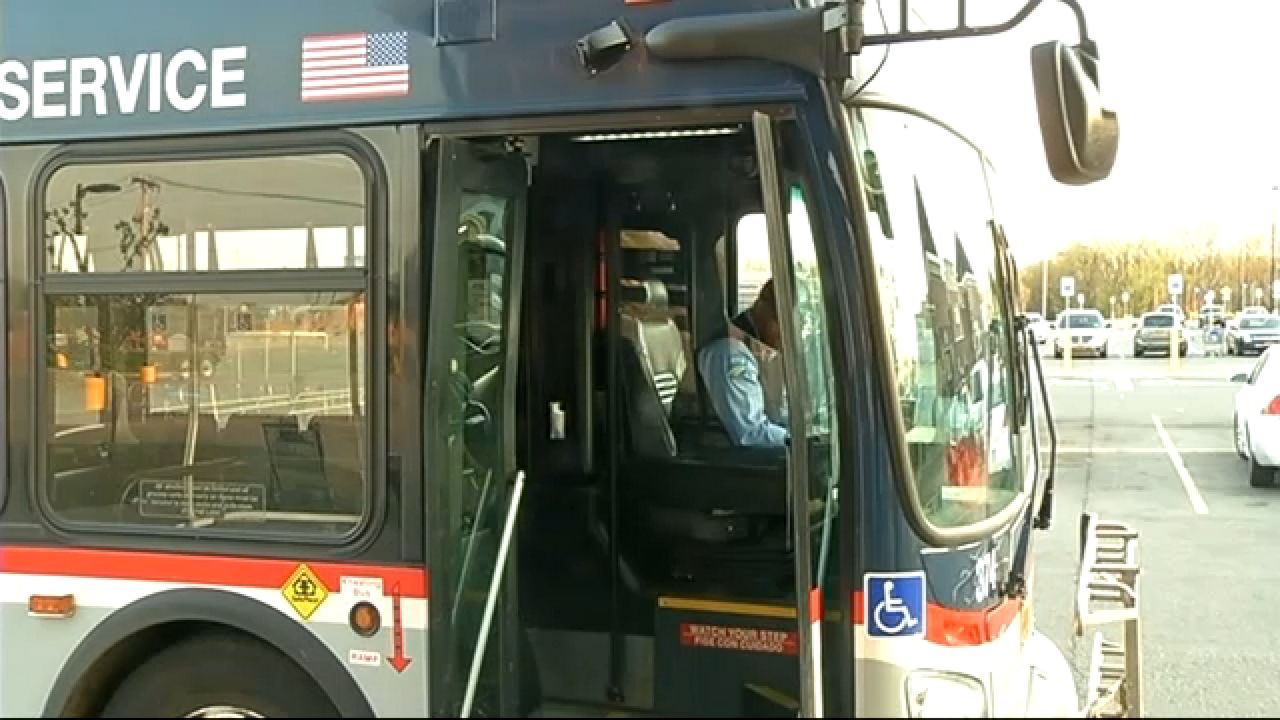ROCHESTER, N.Y. — Federal lawmakers say they’ll get the money needed to fill in the northern part of the Inner Loop in Rochester. It’s a project that’s been debated for years. And it's one now closer to happening.
When it was built in the 1950s, the idea behind Rochester’s Inner Loop was to get car traffic in and out of downtown as quickly as possible. Those days are coming to an end.
“It’s been talked about for generations, what to do here,” said Erik Frisch, city manager of special projects.
Frisch is leading the city effort to fill in the Inner Loop north corridor. Six distinct plans are up for consideration. Tuesday brought the latest in a series of meeting where neighbors could learn more about plans to re-connect city neighborhoods bulldozed when the Inner Loop was first constructed.
“Planning for cars instead of planning for people doesn't lead to a successful urban environment,” said Frisch. “So we're looking to correct historic wrongs, like we've done some of our other major projects.”
Seven years ago, the eastern portion of the Inner Loop was closed and filled in — a project finished four years ago. Buildings which include hundreds of housing units, as well as retail, now fill the spot where the expressway once ran. City planners likened that road to a big moat, which cut off downtown from neighborhoods.
“It separated communities,” said Frisch. “It led to hundreds of buildings being taken down right through the heart of a very active community.”
Fixing that takes money. Federal funding paid for a majority of the inner loop east project. Now, Democratic senators Charles Schumer and Kirsten Gillibrand of New York want that to happen again with this project.
“It’s not only a physical barrier,” said Schumer at a news conference in Rochester Tuesday afternoon. “It's a barrier to economic mobility, a barrier to jobs.
To that end, a federal bill — if passed — would ensure most of the work on the Inner Loop project would be done by local folks.
“It will make a difference,” said Gillibrand. “And the community will benefit and continue to thrive.”
Once filled in, the Inner Loop north land — about 20 acres — could include single family homes, parks and stores. The current roadway could be reconstructed or removed altogether. City planners hope to have a better idea of what will come by the fall.
“We want to look at how do we restore those connections,” said Frisch. “How do we lift up existing residents and businesses that are here, how do we make this corridor contribute more to the community in which is located, rather than just being a place where people speed by.”







